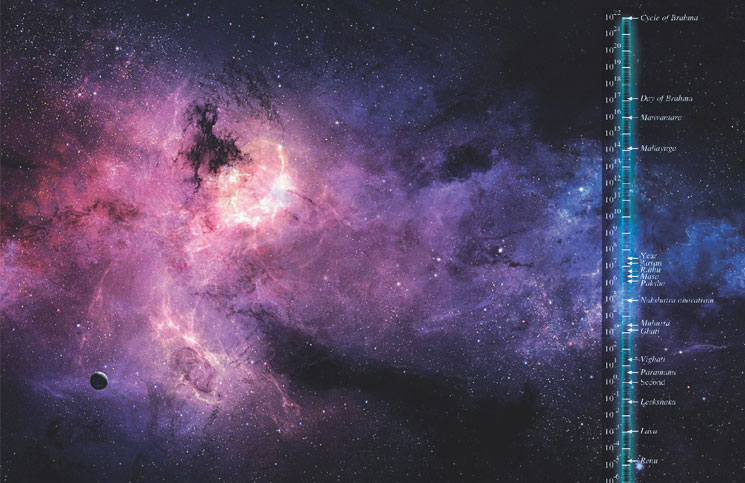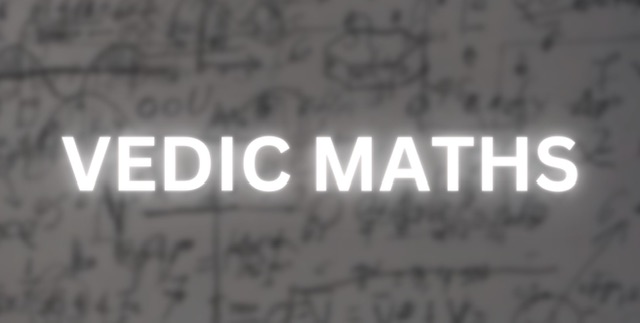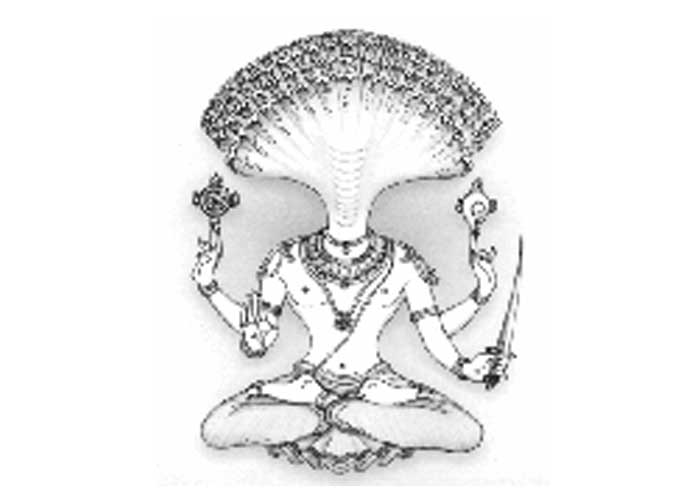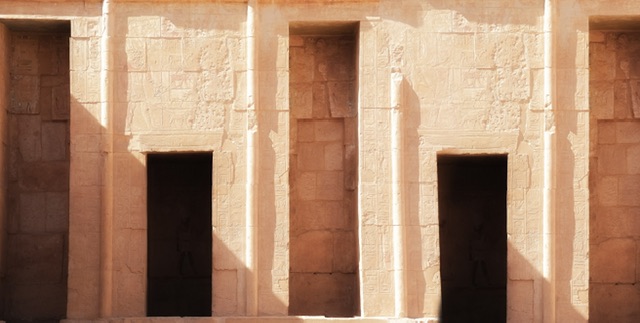Indians, since ancient times, have forayed into almost all disciplines of knowledge, particularly, sciences like Physics, Meteorology, Chemistry, Mathematics, Astronomy, Metallurgy, Nuclear Science, Spiritual Science, etc., where they made a lasting impression by way of their landmark and ground-breaking contributions. It is very astonishing to find the results achieved in those remote times almost perfectly coinciding with the contemporary ones. The value of π, trigonometric functions, geometrical techniques, etc. leave the modern reader astonished. The progress achieved on the Mathematical frontier by masters like Aapastamba, Baudhayana, Bhaskaracharya, Lalla, Brahma Gupta, Arya Bhatta, Ganesha Daivagnya, etc., is par excellence.
Arya Bhatta, for the first time, emphatically pronounced that the earth is spherical and that it rotates around the Sun and all other stars are relatively stationary. It is to be prominently observed that Nicholas Copernicus had postulated his ‘Helio-centric theory’, condemning Ptolemy’s established ‘Geo-centric theory’, only after 100 years.
Arya Bhatta in 476 AD had derived the duration of one sidereal day on Earth to be 23 Hours 56 Minutes 4 Seconds and 0.1 Fractions, without any substantial sophisticated astronomical equipment and without even looking at the sky. The modern value is 23 Hours 56 Minutes 4 Seconds 0.091 Fractions. The comparison between these two values speaks volumes about the accuracy of ancient Indian science.
Further, if the value of one yojana (vedic measure of distance) is taken to be 9.0625 mile and half a nimesha equals to 8/75 seconds (as specified in the 231st verse in Shanti Parvam of the Mahabharata), then, the velocity of light comes out to be 186,413.2 miles/second. This value is extremely congruent with the contemporary popular scientific figure standing at 186,300 miles/second.
THE TIME SCALES, FROM THE TINY TO THE TITANIC
Indian seers have dealt with extremely varying time frames, from one truti (0.05seconds) to predicting the life of Brahma (311 trillion human years). First, we shall examine the macro time scales as envisaged in Vedic Cosmology. The concept of time in the vedic period has been presented below, just like the ‘tip of an ice berg’.
The period of four yugas (Krita, Treta, Dwapar and Kaliyug) is known as a ‘Maha Yuga’, which has time duration of almost 4,320,000 sidereal years of the Earth’s revolution around the Sun.
Moving further, we encounter astounding time scales as follows:
One Maha Yuga = 4,320,000 sidereal years
One Manvantaram = 71 Maha Yugas = 306,720,000 sidereal years (+ 1 Sandhi Kala = 1,728,000 sidereal years) = 308, 448, 00 sidereal years
A Manvantara consists of 71 Mahayugas, and is followed by Sandhi Kaal of the duration equivalent to 1 Krita Yuga (1,728,000 sidereal years). Each Manvantara is ruled by a Manu, and it is said that during the Sandhi Kaal, earth remains submerged in water. Fourteen times this period, is the day of Brahma, or a Kalpa. That is,
One Kalpa = 14 Manvantarams = 4,318,272,000 sidereal years (+ 1 Sandhi Kala = 1,728,000 sidereal years) 4,320,000,000 sidereal years
One Manvantaram (308 million years) is in proximity to the time taken by the Sun to complete one revolution around the center of the Milky Way. Modern Astronomy estimates it to be around 230 Million years. This period of time is known as a ‘Cosmic year’. It is believed that the orbital velocity of the Sun around the center of the Milky way is about 220km/s and at this speed, it is presumed that the Sun might have completed about 20 revolutions in a time of about 5 billion years and it is likely to complete another 20 by the end of its life time, in another 5 billion years. This kalpa period, concurs with the age of the earth and to some extent, with the age of the universe as well.
The entire lifespan of the Creator of the universe, Lord Brahma, has been estimated in the following manner:
Day of Brahma = 4,32,00,00,000 sidereal years
Night of Brahma = 4,32,00,00,000 sidereal years
One full Day of Brahma = 8,64,00,00,000 sidereal years
× 360 days in a year = 3,110,400,000,000 sidereal years
× 100 years = 311,040,000,000,000 sidereal years
= Total life span of Lord Brahma
Actually, this is an unimaginable number in terms of modern mathematics. However, our ancestors dealt with such mammoth numbers quite easily and fluently. Indian astronomers like Arya Bhatta were able to calculate even the number of revolutions of a planet around the Sun in a Maha Yuga, i.e. 4,320,000 years, very precisely. On the other hand, they divided the time in its micro aspect as well as is shown below:
2 trutis = 1 lava
2 lavas = 1 nimesha (16/75 second = 0.2 second approximately)
5 nimeshas = 1 kaashtha
30 kaashthas = 1 kala
40 kalas = 1 naalika, or the time during which one aadhaka of water passes out of a pot through an aperture of the same diameter.
2 nalikas = 1 muhoorta
15 muhoortas = 1 day or 1 night
Thus, Indians proved themselves to be ‘timeless’ and tireless travelers, in pursuit of the knowledge and wisdom of the truth. How did they do it? Aryabhatta used to say, “I talk to gods.” If you walk the path of Vedas the right way with a Guru, you develop ability such that the gods interact with you.
Carl Sagan, a leading American-astronomer, astrophysicist, cosmologist, author, science popularizer and science communicator in astronomy and natural sciences, in his book Cosmos says, “The most elegant and sublime of these is a representation of the creation of the universe at the beginning of each cosmic cycle, a motif known as the cosmic dance of Lord Shiva. The God is called in this manifestation Nataraaja, the Dance King. In the upper right hand is a drum whose sound is the sound of creation. In the upper left hand is a tongue of flame, a reminder that the universe, now newly created, with billions of years from now will be utterly destroyed…is the only religion in which the time scales correspond…to those of modern scientific cosmology. Its cycles run from our ordinary day and night to a day and night of the Brahma, 8.64 billion years long, longer than the age of the Earth or the Sun and about half the time since the Big Bang.”
Source:
India: The Sense, Essence and Quintessence of Science from Every Conscience – An Introduction – Vanadeep K, Department of Physics, Sri Venkateswara University, Tirupati, Andhra Pradesh, India-517502. Indian J. Innovations Dev., Vol. 1, No. 5 (May 2012)





